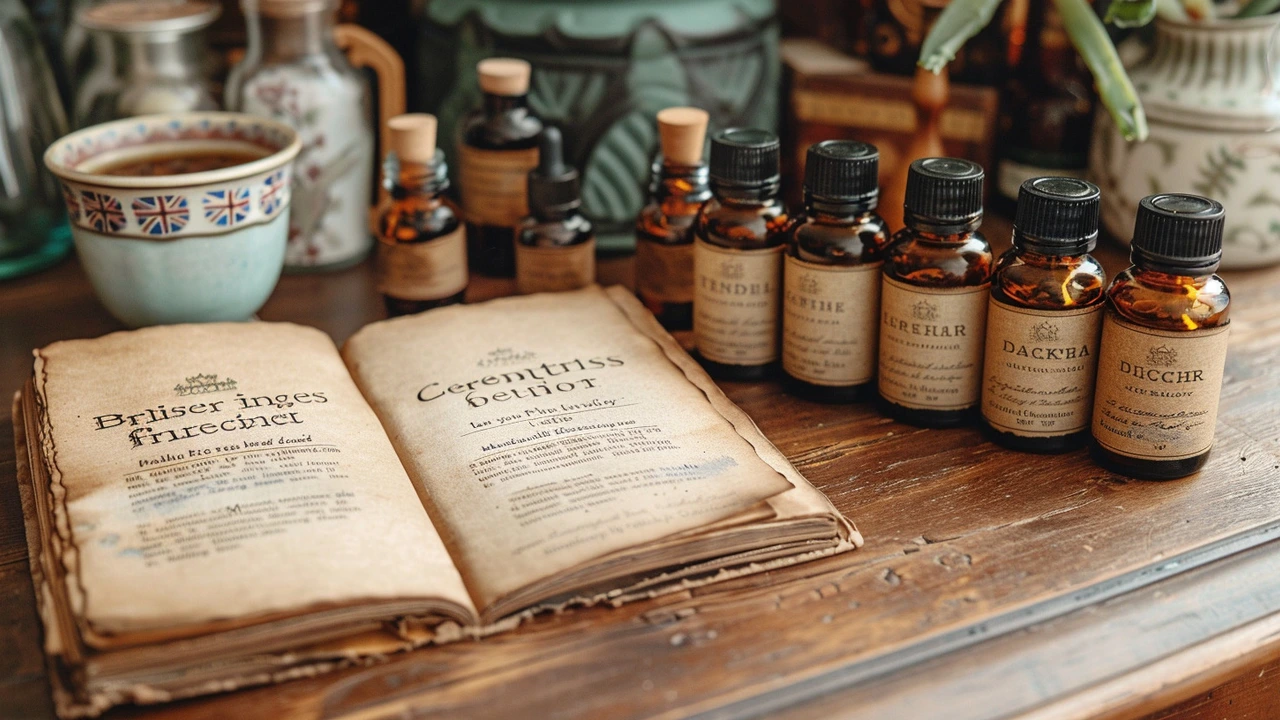
Introduction to Aromatherapy
Aromatherapy, at its core, is the art and science of using plant extracts, specifically essential oils, to enhance physical and emotional well-being. It's a practice that seems almost magical, connecting us to the ancient traditions of our ancestors who intuitively understood the power of the natural world. The beauty of aromatherapy lies in its simplicity and the profound effects it can have on our bodies and minds. Whether you're seeking to alleviate stress, improve sleep, or simply create a more inviting atmosphere at home, the world of essential oils offers a vast spectrum of possibilities.
The roots of aromatherapy stretch back thousands of years, with evidence of aromatic plant use in both therapeutic and spiritual contexts found in ancient civilizations across the globe. From the embalming practices of the ancient Egyptians to the medicinal baths of the Romans, aromatic plants have played a pivotal role in human culture and well-being. It wasn't until the 20th century, however, that the term 'aromatherapy' was coined by French chemist Rene-Maurice Gattefossé, who discovered the healing properties of lavender oil after a laboratory accident.
Understanding Essential Oils
Essential oils are the heart of aromatherapy. These concentrated plant extracts capture the essence—the aroma and therapeutic properties—of the plant from which they are derived. Each oil has a unique chemical composition that dictates its aroma, color, and effects on the body and mind. From the calming effects of lavender to the invigorating properties of peppermint, the range of essential oils available offers a toolkit for natural healing and wellness.
Producing essential oils is an art and a science, typically involving methods such as steam distillation or cold pressing. The process requires large quantities of plant material to produce just a small amount of essential oil, emphasizing the concentrated power within each drop. It's fascinating to think about the acres of lavender fields or forests of eucalyptus needed to fill a single bottle of oil. This concentration is why essential oils must be used with care and respect—a few drops often go a long way.
Selecting the Right Essential Oils
With the vast array of essential oils available, choosing the right ones for your needs can seem daunting at first. It's important to focus on quality and purity when selecting oils. Look for brands that offer organic, 100% pure essential oils, and avoid those with synthetic additives. The reputation of the brand, transparency about sourcing, and methods of oil extraction are also key factors to consider. Starting with a basic set of versatile oils like lavender, peppermint, lemon, and tea tree is a practical approach for beginners.
Another aspect to consider is your personal preference for scents. Aromatherapy is a highly personal experience, and the oils you're drawn to will likely be the ones that provide the most benefit. Trusting your intuition when selecting oils can lead to a more enjoyable and effective aromatherapy experience. Remember, the journey into aromatherapy is one of exploration and discovery. There's no one-size-fits-all approach, and part of the fun is finding the oils and blends that resonate most with you.
Methods of Using Essential Oils
The versatility of essential oils is one of their greatest strengths. They can be used in various ways, from direct inhalation and diffusers to topical application and aromatic baths. Each method offers different benefits and considerations. For instance, diffusing oils can purify the air and create a calming atmosphere, while applying oils topically with a carrier oil can directly address physical discomfort or skin conditions. It's crucial to understand the proper dilution ratios and safety guidelines for each application method, ensuring a beneficial and harm-free experience.
Exploring different methods of use allows you to integrate aromatherapy into your daily routine in a way that suits your lifestyle and wellness goals. Whether it's starting your day with an invigorating essential oil shower mist, unwinding with a diffused blend in the evening, or creating your own natural skincare products, the possibilities are nearly endless. The key is to start small, experiment, and listen to your body's responses.
Blending Essential Oils
Blending essential oils is both an art and a science, allowing for the creation of personalized scents and therapeutic blends. Understanding the basics of oil notes—top, middle, and base—and how they interact can help guide your blending experiments. For example, combining the bright, uplifting scent of a citrus top note with the deep, soothing aroma of a woody base note can produce a balanced and harmonious blend.
When blending oils, it's important to keep safety and proper dilution in mind. Always start with small amounts, typically a few drops of each oil, and adjust based on your preference and the intended use of the blend. Documenting your blends and their effects can be a helpful practice, enabling you to refine your recipes and recreate successful combinations.
Essential Oil Safety
While natural, essential oils are powerful substances that require respect and caution. Always dilute essential oils before topical application, as undiluted oils can cause irritation or sensitization. Paying attention to each oil's specific safety guidelines, such as avoiding certain oils during pregnancy or avoiding sunlight exposure after applying citrus oils, is crucial for a safe aromatherapy practice.
It's also important to conduct patch tests when trying a new oil and to consult with a healthcare professional, especially if you have underlying health conditions or are taking medications. Aromatherapy can be a wonderful complement to traditional medicine, but it should not be used as a replacement for professional medical advice.
Conclusion
Embarking on a journey into aromatherapy is an exciting opportunity to connect with the natural world and harness its healing powers. By starting with a foundation of quality essential oils, understanding the basics of their use and safety, and experimenting with blends that resonate with your personal wellness goals, you can incorporate aromatherapy into your life in meaningful and impactful ways. Remember, the journey of aromatherapy is one of personal exploration and experimentation. There's a whole world of aromatic wonders waiting to be discovered, each drop offering a unique path to well-being.
